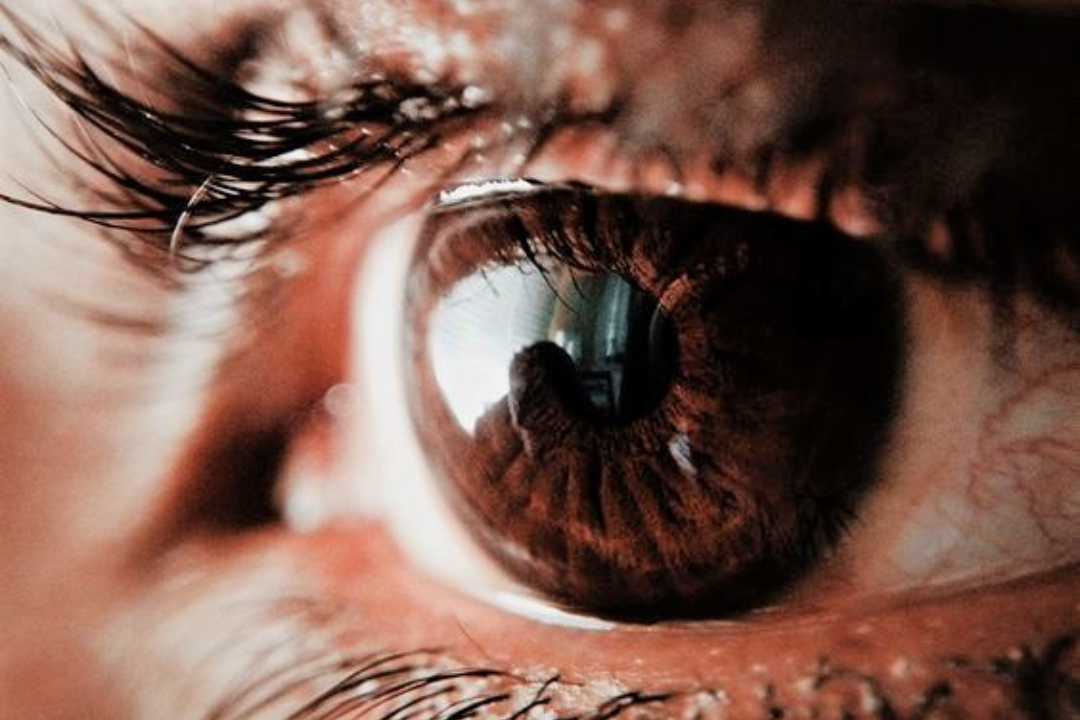
An optometrist, Dr. Simi Ajana says most systemic conditions like high blood pressure, diabetes, rheumatoid arthritis and sickle cell disease, usually have ocular manifestation.
The eye expert, who heads Belvision Eye Clinic in Lagos, explained that an eye examination sometimes could lead to the early diagnosis of a systemic disease, adding that regular eye checks, at least twice in a year could help to detect such ailments before they cause major health damage or lead to death.
She explains that a systemic disease is one that affects many organs and tissues or the entire body.
Ajana, who spoke in an interview with PUNCH HealthWise, notes that the eye is universally recognised as the window to the soul and could tell a great deal about an individual’s overall health status.
The optometrist explains that the eyes can reflect an illness that begins in another tissue far away from the eyes, adding it can go a long way towards determining an early life-saving treatment regimen.
“The eye is the only organ in the body where an eye expert can have a clear, unobstructed view of nerves and connecting tissue as well as blood vessels.
“It is an important part of the larger nervous system, as it carries similar microscopic tissues as other vital organs in the body.
“Based on this, any abnormalities spotted in the eye may signal the same changes in other parts of the body.
Highlighting the ailments that can present in the eyes, she says, “A potential stroke, high blood pressure, diabetes, autoimmune diseases, cancers and sexually transmitted diseases are among the ailments that might be detected or is visible in the eyes.
“Diabetes can be detected during the dilated portion of the eye by observing changes or damage in the blood vessels of the retina, known as diabetic retinopathy.
“Diabetes can cause severe eye complications, including swelling of the retina (macular oedema), abnormal growth of new retinal blood vessels and bleeding inside the eye.
“Changes in the blood vessels of the retina or fluctuations in vision sometimes lead to the first diagnosis of diabetes.
“This means that it can be evident in the eye tissue even before it does in a blood sugar test.
“Many people do not know they have these underlying medical conditions but an eye doctor, during an examination can check the optic nerves and discover these pointers.
“Almost any part of the eye can give important clues to the diagnosis of systemic diseases. Some of these signs could be evident on the outer surface of the eye like the cornea, eyelids and conjunctiva, or middle of the eye and at the back of the eye.
Dr. Ajana further explains that the eye is composed of many different types of tissue that makes it susceptible to a wide variety of diseases, even as it provides insights into many-body systems.
She notes that loss of side vision, which is among the symptoms of glaucoma, can be a pointer to a problem in certain regions of the brain that could indicate bleeding in the brain, tumour or a potential stroke.
The optometrist explains that glaucoma is the major cause of blindness, adding that it mostly presents with no symptoms and is usually detected at the end-stage.
“It usually comes with no pain until an individual discovers they have lost peripheral vision. “Glaucoma closes in and leads to tunnel vision, which is when the loss of vision is realised.
“Doctors are more concerned about it. We call it ‘thief of the eye’. Once the vision is lost, it is lost forever. Glaucoma affects people of all ages,” she adds.
The eye expert bemoaned the lack of ocular awareness in the country, noting that most people don’t get their eye checked, adding “Getting regular eye examination could play a major role in identifying signs of these systemic diseases.”
On how to care for the eye, the optometrist advises that people should eat a healthy, balanced diet that includes fruits, vegetables and fish high in omega-3 fatty acids.
“Maintaining a healthy weight and regular intake of Vitamin A is also good for the eye.
“Being overweight or having obesity increases your risk of developing diabetes. Having diabetes puts you at higher risk of getting diabetic retinopathy or glaucoma.
“Wear sunglasses to minimize exposure to the sun, exercise regularly, don’t smoke, know your risk factors and be aware of your family medical history as some eye diseases are hereditary.
“If you constantly use the computer, always take a break to let your eyes rest. To reduce eyestrain, try the 20-20-20 rule by looking away every 20 minutes, about 20 feet in front of you for 20 seconds.”
According to the American Academy of Ophthalmology, all adults should get a baseline eye exam from an ophthalmologist or a medical doctor who specializes in the diagnosis of eye diseases and conditions, and the medical and surgical treatment of those conditions.
“If you have an eye disease or a risk factor for developing one, such as diabetes, high blood pressure or a family history of eye disease, you should see an ophthalmologist even if you are younger than 40.
“Adults age 65 and over should have a comprehensive eye exam every one to two years, or as recommended by your ophthalmologist,” states the body.
Similarly, the U.S National Library of Science says people should have their eyesight tested to check for vision and eye problems.
“Children usually have vision screening in school or at their health care provider’s office during a checkup. Adults may also get vision screenings during their checkups.
“But many adults need more than a vision screening. They need a comprehensive dilated eye exam.
“Getting comprehensive dilated eye exams is especially important because some eye diseases may not have warning signs.
“The exams are the only way to detect these diseases in their early stages when they are easier to treat,” it stated.
By Tessy Igomu












